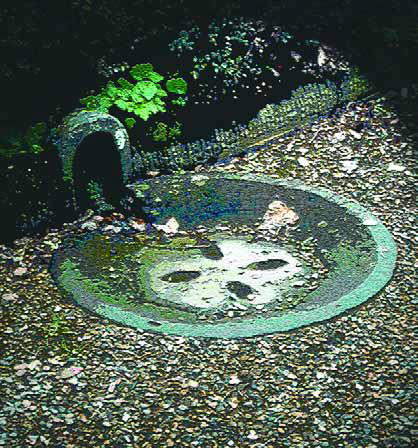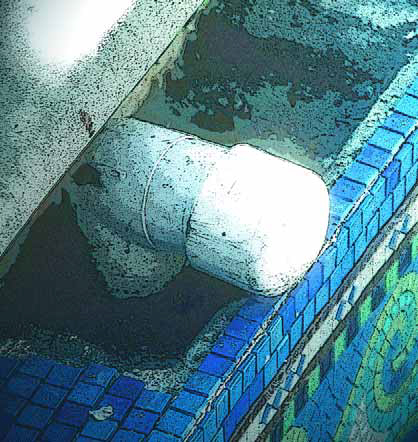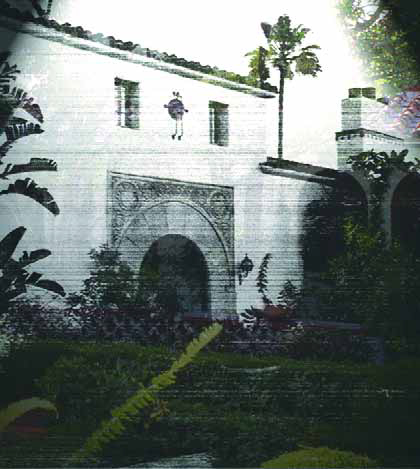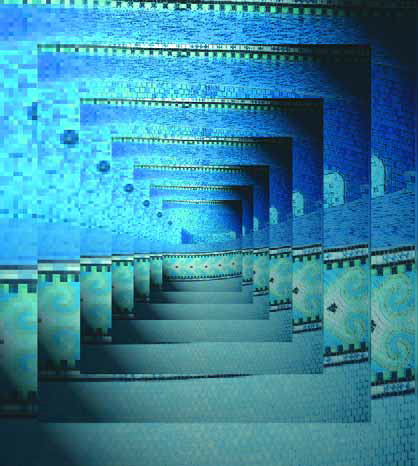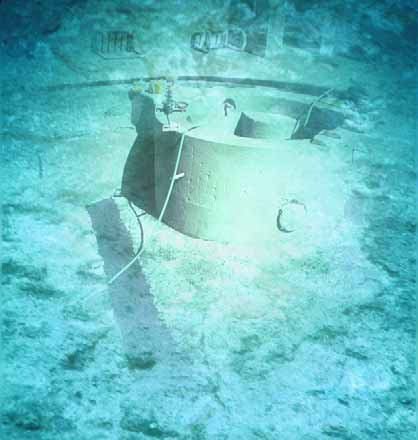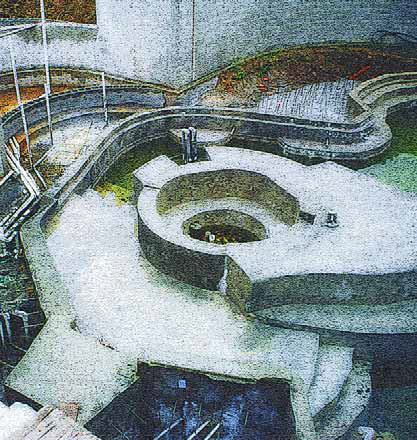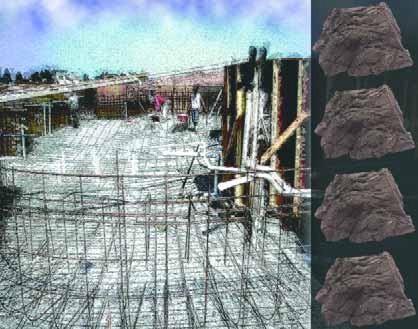details
While discussing his column for this issue, I visited one of David Tisherman's projects and observed one of the most dramatic examples I've ever seen of the
Some people seem to believe that designing is all about reinventing the wheel every time they go to work on a new project or need to create a new detail of some kind. Truth is, however, that most great design ideas and details are derivative of things that have been done before. This is why I'm such a strong advocate for education - especially the sort that involves venturing out into the world and seeing things with your own eyes. You can see pictures of things in books and watch slide shows in classrooms, and that's extremely valuable for the way it opens your eyes to
The famous landscape architect Thomas Church was known to proclaim, "I have no style." What he meant was, rather than impose a style that was characteristically his on a project, he preferred to let the home, site and clients guide the stylistic details of his work. I've always admired Church and other designers who are willing and able to move comfortably across the style spectrum in accordance with the situation. This is certainly how I've chosen to approach my own design work, even when I find the huge range of possibilities a bit perplexing. To be able to work in such a malleable way, of course, you need to be familiar with an array of styles and comfortable with the nuances of classifications stretching from traditional to
Now we come to the finishing touches - little details that make a big difference in the ultimate appearance of the renovated pool we've been watching develop here for the past several months. Through those many months, we've taken a pool that's more than 70 years old, rerouted all of its plumbing through cores cut in the old shell, added a circular spa in the shallow end, raised the floor in the deep end, reshaped the steps, added lights in a new, pool-long bench, installed all-new equipment and laid down gorgeous glass tile throughout - all without disturbing the beautiful limestone decking that surrounded the pool. As the project came to a close, we turned to a final
Here in America, our idea of history goes back only so far. That's particularly true in southern California, where "older" architecture is anything before about 1960 and very few structures date to a time before 1920. But it's also the case for most of the rest of the country with reference to architecture: We don't have the "ancient" structures that still set the tone and architectural vocabulary the way they do in Europe, Asia and other places. For those who prefer modern or contemporary styles, this lack of history may be irrelevant. For those who feel an affinity to older styles, however, there's a tendency to cringe every time an older house is torn down to
A great many wonderful things can be said about all-tile pool finishes once they're done, but you can't lose sight of the fact that that such finishes require lots of planning, are difficult to apply and, as your clients will tell you, are far from inexpensive. And by "far from inexpensive," I mean that the price tag will usually give pause even to people of great means. This is all especially true with glass tile, which is applied using different (and generally more complicated) techniques than is ceramic tile and costs proportionately more. But that cost brings with it a great and stunning beauty that
In renovation projects, preparation of the pool's interior surface for a new finish is truly where the rubber meets the road - a key step in which what you've planned and what you actually do must come together. With this installment of "Details," we're doubling back to the Los Angeles project we left behind in October as we waited for tile to arrive from Italy. If you'll recall, the pool had been built in the 1920s and graces a property with a magnificent Gatsby-era home. As I mentioned at the outset of this interrupted sequence of columns, the homeowners have been extremely involved, always wanting to know as much as they possibly can about what's going on in their backyard. As I mentioned as well, the challenge
The project I've been working on in the hills outside Hanover, Pa., has just about every feature, bell and whistle one can imagine. That inclusiveness of detail at every level has translated to an unusually intricate construction process, as I mentioned last time in discussing the excavation, forming, plumbing and steel phases. Now we get to the gunite. Where a garden-variety backyard pool involves placement of maybe 30 to 50 yards of concrete and some larger projects may run in the 50-to-70-yard range (and where most of mine tend to fall in the 90-to-130 yard range) - this project needed two gunite rigs shooting for two solid days, 12 to 13 hours each day. The pool shell alone (excluding the waterfall, the grotto and several other features we'll get into later) required a staggering 300 yards of concrete. That's about
Back in November, I described the background of a project on a sprawling estate in the hills near Hanover, Pa. - a spectacular setting for an enormous swimming pool, an island spa, a cascading waterfeature and big expanses of rockwork and stone decking. As was mentioned, our first task was to remove a brand-new system of retaining walls that had been built adjacent to the planned location for the swimming pool. We did so because the wall's large footings reached into a space needed to support a cascade that will appear to tumble into the pool. To ensure
The renovation project I've been discussing for the past couple of issues will be on hold for a few weeks as we await the arrival of a shipment of custom tile from Italy. We'll pick up with that project once work resumes. In the meantime, let's begin coverage of what would have been the next project for "Details" - discussions that will carry us through a good part of the year to come. Everything about this Pennsylvania watershape has been impressive, right from the start. Simply put, it's one of the biggest and most elaborate projects I've ever tackled. As designed, the watershape will











